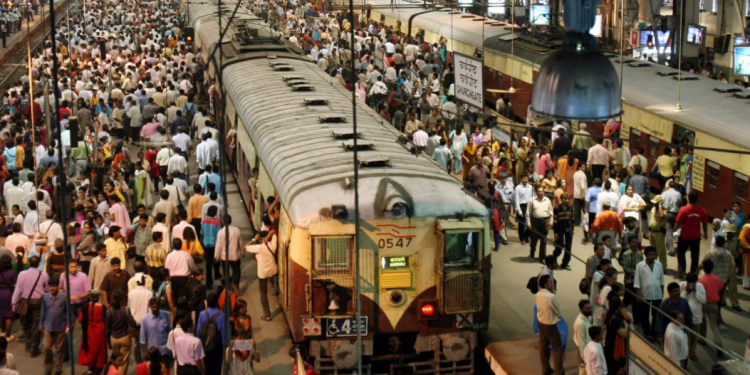The population bomb is waiting to explode on us and neither China nor Pakistan would need to waste their nuclear arsenal to ensure that this nation, which now aims to become a $5 trillion economy by 2025, implodes. India has conveniently forgotten the number threat by a self-created make believe positive side of population in terms of demographics. The nation has been kept behind smokescreens such as ‘demographic dividend’ and economic growth to make the numbers feel good.
The oft repeated line that India would be the youngest country before mid-21st century also is not going to be a boon. Optimism that India should view its population not as a billion mouths to feed but as two billion hands to work, is misplaced and a very distorted view of the situation. What is conveniently forgotten is that the hands actually need work to do and unless these mouths are fed, the hands won’t have the power to work. And for mouths to be fed and hands to work, more arable land is required, which cannot happen without rampant destruction of forests. The rhetoric belted out is far removed from reality, particularly when viewed through the prism of economics. The resources that the country has are finite and they can support the needs of only a limited number of people sustainably.
Burgeoning population will, of course, lead to innovative means being explored to identify and extract fresh resources. But all that only adds to the cost the environment pays to sustain human beings alone. Apart from that, Indians may be known for their ‘jugaad’ or make-do capabilities, but not for the ability of inventions. There are umpteen instances of human interventions coming to naught and nature taking its course rather mercilessly from around the country. The floods and landslides in the past few years in Uttarakhand, Assam, and Kerala have shown how human recklessness has spelt doom for the ecology. More recently, an instance was reported from Karnataka, wherein a leopard ‘strayed into human habitation’, hunted a dog and carried it away.
Similar instances have been reported in Orissa several times in the past as well. It may appear as though the leopard strayed into human habitation but it must be looked into whether humans have built a habitation in leopard territory. This is the same fate faced by elephants across the sub continent. It is often that humans are intruding into wildlife habitats given the kind of paucity of land states are facing for residential constructions. Fact is that environmental groups, the administration and unscrupulous developers, industrialists or business houses join hands for a quick buck and start constructions virtually anywhere. They are responsible for violations driven by greed. The cost that the environment pays for such development, though, is immense. Unscrupulous practices are also bound to rise as wealth gets accumulated with an irresponsible few and that too in urban spaces. The unequal distribution of wealth is also pushing the less advantaged people into taking increasingly desperate measures to earn their keep. The environmental costs of such desperation are huge. Only a drastic reduction in the number of humans populating spaces will reduce the burden on meagre resources and fragile environments. The clock is ticking.







































